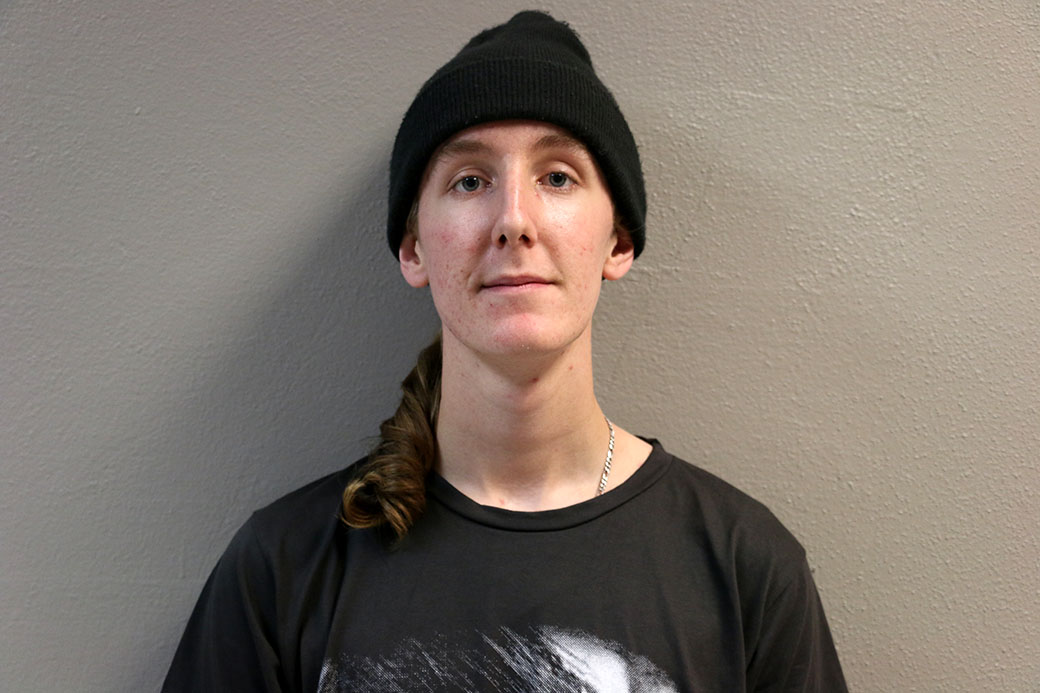
US needs to prevent housing market crashes to better economy
The demise of the housing market played a key role in creating the economic troubles that accompanied the late 2000s.
Today, the housing market is in a better place than it was in 2008, but is the U.S. still in danger of slipping back into economic recession?
In order to know if the U.S. is going to fall into a recession similar to that of 2007-2008, it’s necessary to understand how and why the housing market collapsed like it did. After all, without an understanding of past events, it’s impossible to effectively prevent them from happening again.
In the mid-late 2000s, an increasing number of lenders and homeowners organized mortgages and home equity loans. Lenders saw these loans as potentially very profitable, increasing the number of lenders who were willing to make these loans. This created what is known as a “speculative bubble,” or a sharp increase in asset (home) value due to exaggerated expectations of profits in the future.
So, when the value of homes started to dip lower and lower, the price of the loan came to outweigh the value of the home. This means homeowners were unable to pay back their loans, leaving lenders out to dry, thus creating the aforementioned recession.
So, does new data signify we’re out of the storm, or are we headed for another recession?
First, it’s key to examine the value of homes as well as consumer confidence in the housing market. Housing starts, or new-home construction, grew faster than expected in February. The median prediction of 78 economists was an annualized rate of $1.15 million. Housing starts grew a total of 5.2 percent, climbing from $1.12 million to $1.18 million.
The higher-than-expected gains signify increasing consumer confidence in a market plagued by uncertainty. The consumer confidence is likely coming from increasing confidence in the labor market.
The most recent jobs report released by the Bureau of Labor Statistics shows an addition of 215,000 increase in payrolls in March. Wages are also rising faster than inflation, and the discouraged workers who ceased to look for a job during the recession seem to be coming back to the labor market in scores.
And these people aren’t only looking for jobs, they’re actually finding them.
The proportions of Americans in the labor force — which has had a downward trend since 2001 — has hit a two-year high, and unemployment remains close to a natural level, at five percent.
However, there are some negative indicators as well. The amount of building permits requested decreased in February, indicating that future construction may be low, limiting any potential large gains.
But, this shortage of supply in the housing market will continue to drive home prices higher, increasing construction activity.
The economy is moving forward two steps, while taking one back. In time, however, this will spell success and gains as we give the market more time to recover. The economy is moving away from bearish tendencies, and that’s no bull.
